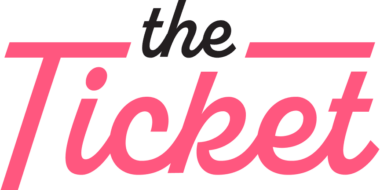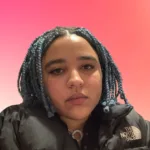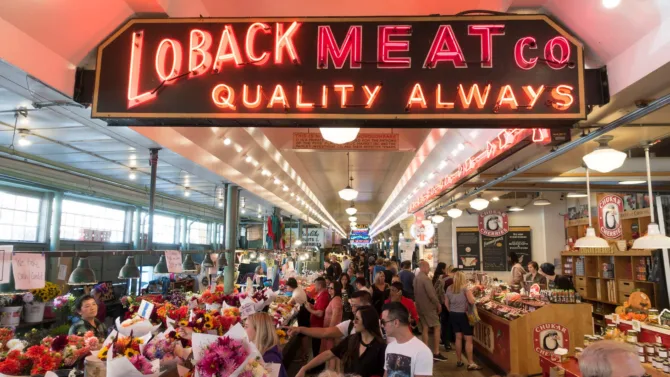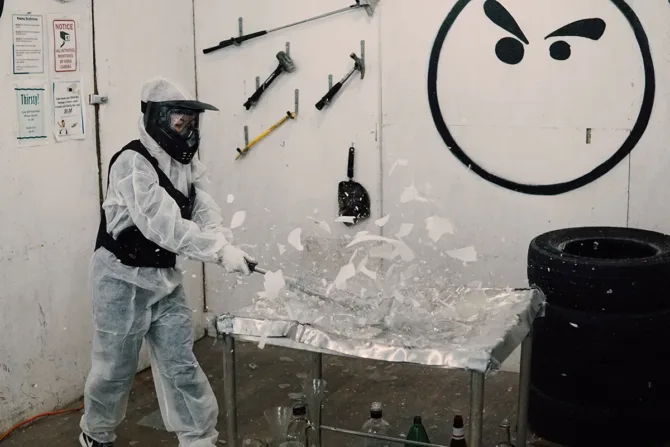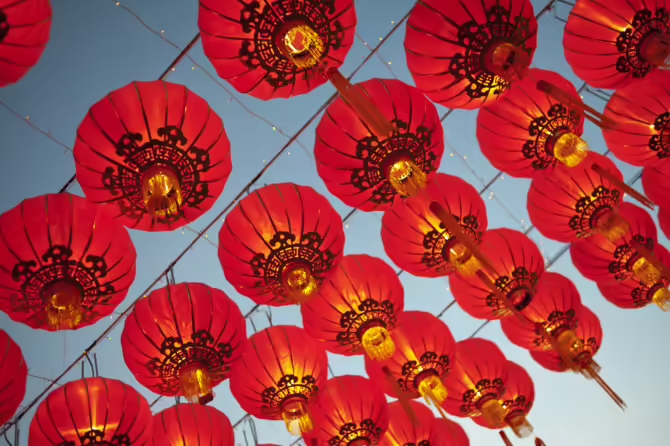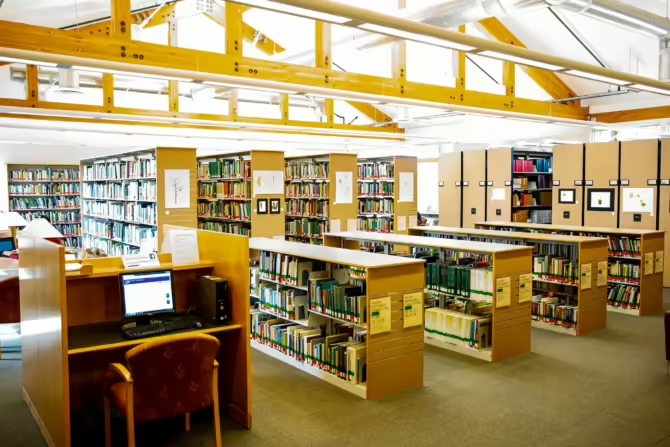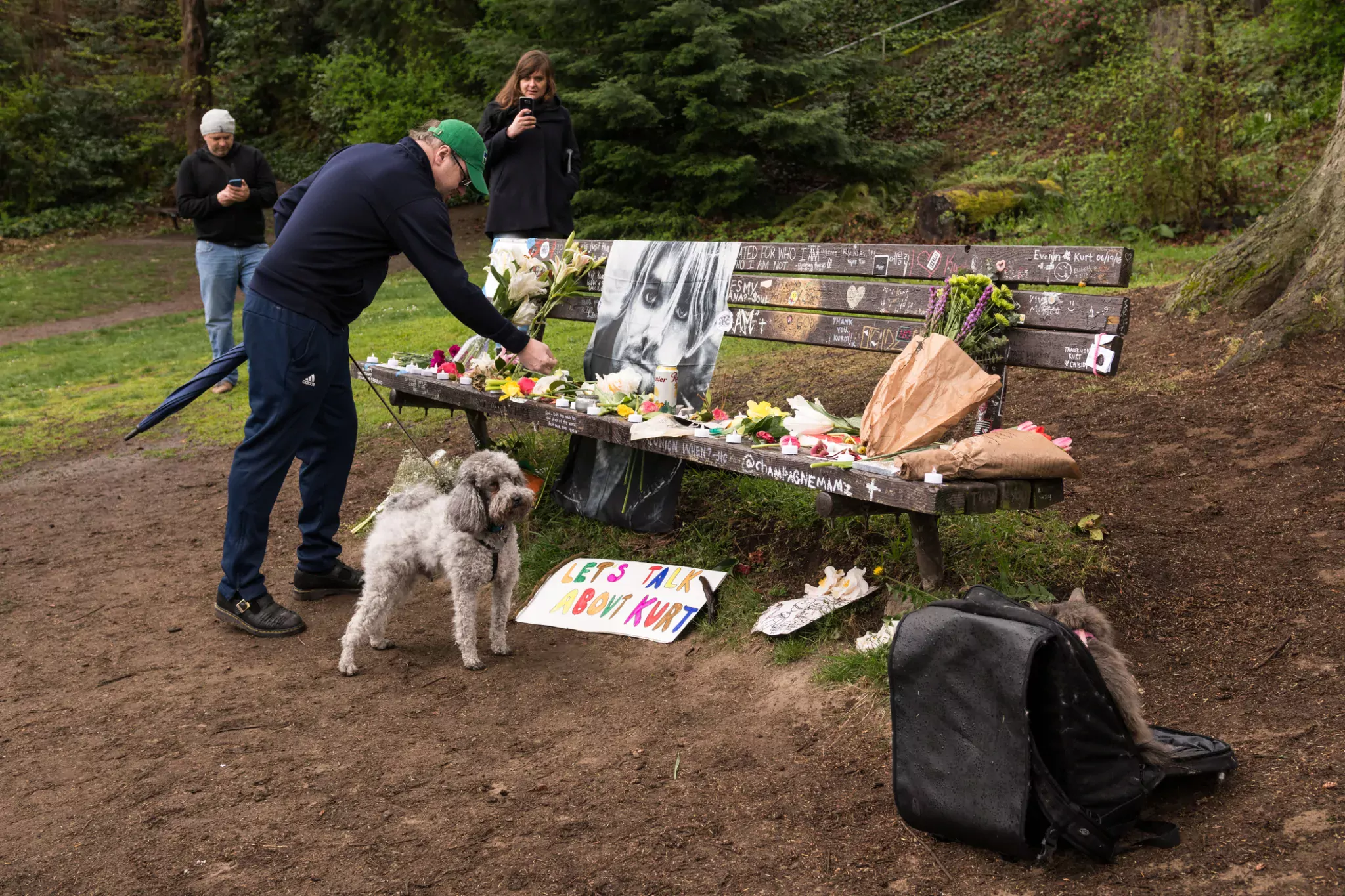
For decades, Seattle has been synonymous with “grunge.”
Birthed in the mid-1980s, the long-haired, flannel-wearing, sludgy guitar genre took the world by force. Big-name Seattle bands like Nirvana, Pearl Jam, Soundgarden, and Mudhoney exploded and became rock legends. Although so much of the city has changed since Kurt Cobain asked us to come as we are, there are still spots around town that hold a special place in grunge history.
Here are a few you can still check out today. (Plus, one grunge myth dispelled!)
Viretta Park (The Kurt Cobain Bench)
151 E Lk Washington Blvd, Seattle
📸 Adam Kubota
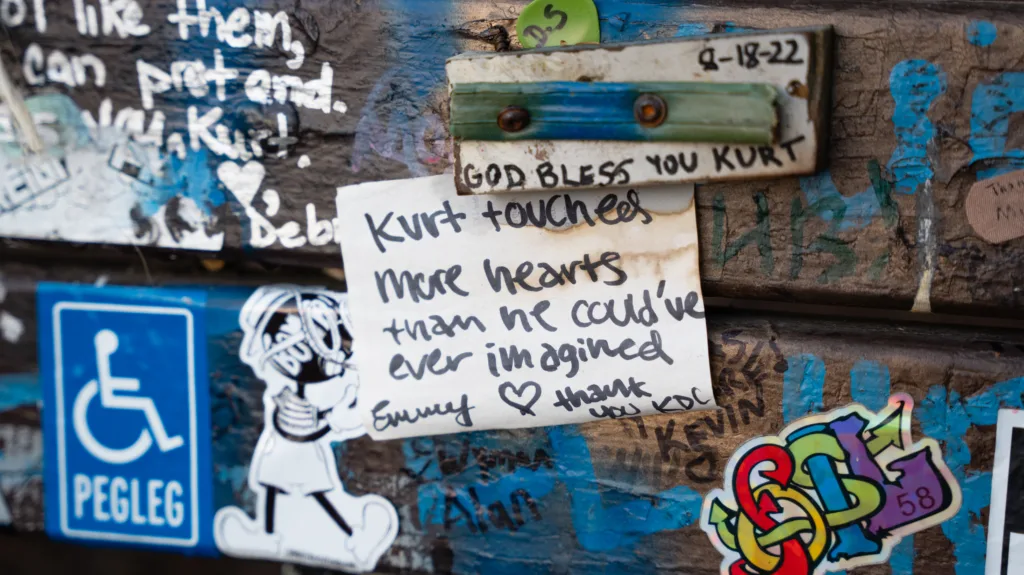
A bench in this quiet, contemplative park near Denny Blaine in Leschi is an unofficial memorial to Nirvana frontman and grunge legend Kurt Cobain. Situated under a giant tree in a clearing, Nirvana fans come to Viretta Park to pay their respects by leaving flowers, stickers, merch, candles, photos, and knickknacks. Just to the north of the park is the residence where Cobain spent his final days, though it’s a private residence not open to the public.
Museum of Pop Culture
325 5th Ave N, Seattle
📸 Adam Kubota
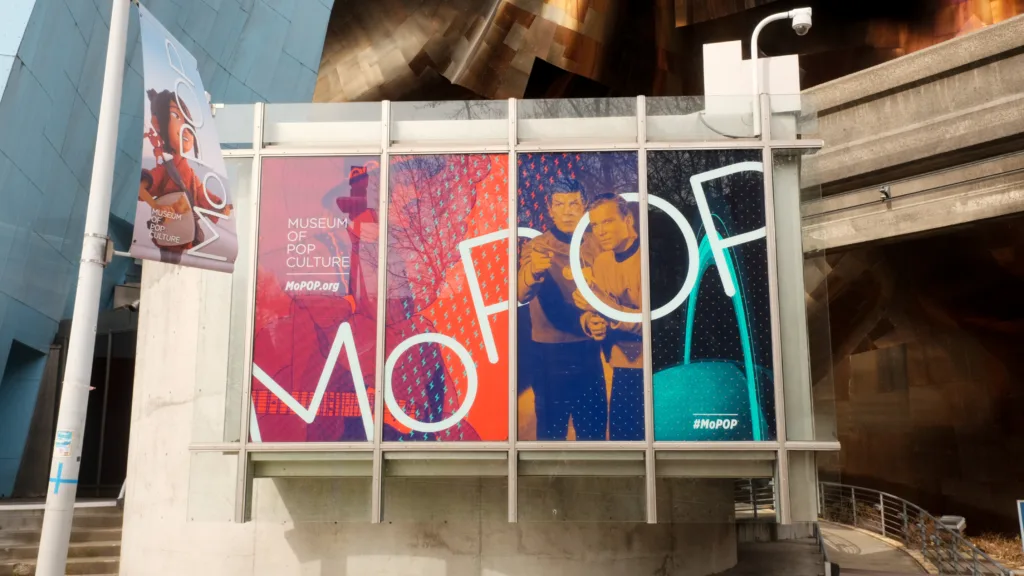
The Museum of Pop Culture (FKA The Experience Music Project) certainly wasn’t around when grunge was in its heyday, but it is home to a ton of grunge history. Currently, MoPOP has an ongoing extensive exhibition dedicated to Nirvana, featuring 200 rare artifacts, photos, and oral histories of the germinal grunge band. They also have a Guitar Gallery that tracks the instrument’s evolution as it formed the basis of American popular music to round out your understanding of rock history.
The Moore Theatre
1932 2nd Ave, Seattle
📸 Adam Kubota
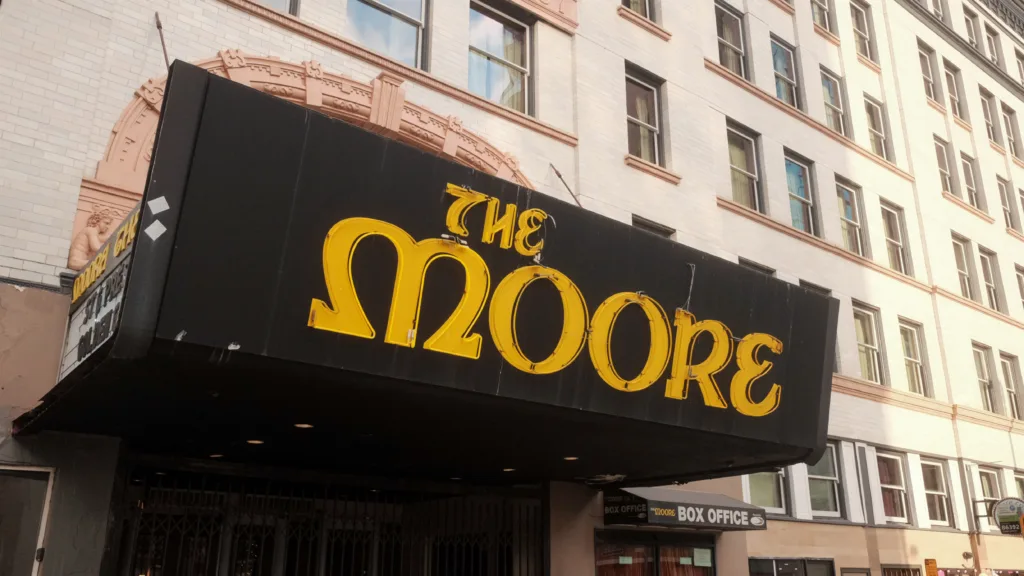
Established in 1907, The Moore Theatre is the oldest operating theater in the city. And while it’s seen its fair share of all kinds of performances, it’s a recurring character in Seattle’s grunge scene. On June 9th, 1989, $7 would have gotten you a ticket to the raucous Sub Pop Lame Fest, a showcase for early-in-their-career Nirvana, Mudhoney, and Tad. Famous acts like Pearl Jam, Soundgarden, and Alice in Chains have recorded live albums and music videos on The Moore’s hallowed stage.
BONUS: “Black Sun” at Volunteer Park
Every Seattleite has heard the rumor that Soundgarden’s “Black Hole Sun” was inspired by Isamu Noguchi’s 1969 sculpture “Black Sun,” made of Brazilian black granite, at Volunteer Park. The only thing is… it’s not true! Soundgarden frontman Chris Cornell said he got the phrase when he misheard a news anchor on a broadcast. Still, the sculpture is an iconic Seattle spot and the perfect place to post up with your headphones to listen to “Touch Me I’m Sick.”
Central Saloon
207 1st Ave S, Seattle
📸 Adam Kubota
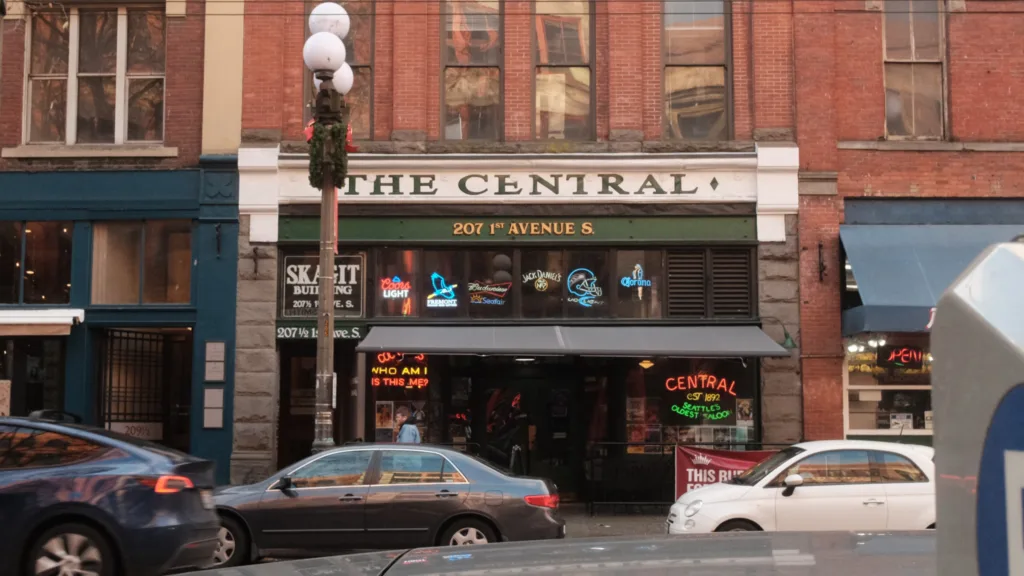
Over in Pioneer Square, Central Saloon was also a hotbed of grunge activity in the 1980s with its dark interiors and a new call for live music. Lots of bands, like Mother Love Bone, Alice in Chains, The Melvins, and Soundgarden, played regularly at The Central before the “Seattle Sound” hit wider audiences. Central’s stage hosted Nirvana’s first Seattle show in 1986, and it was also where Sub Pop’s Bruce Pavitt and Jonathan Poneman spotted the band, signing them shortly after.
West Point Lighthouse at Discovery Park
North of Magnolia, Seattle
📸 Adam Kubota
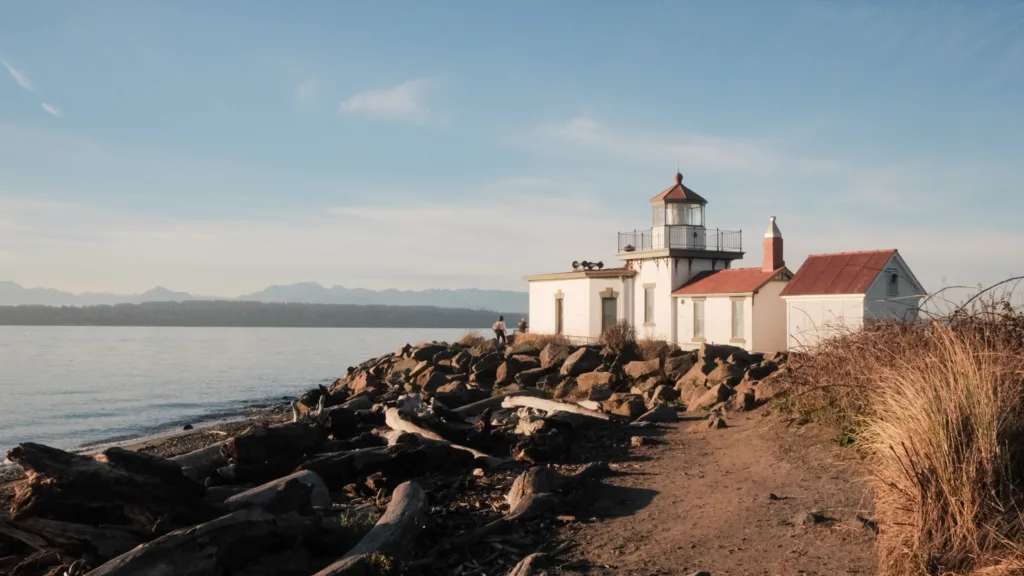
In 1991, the grunge supergroup Temple of the Dog was formed to honor the passing of Andrew Wood, frontman of Mother Love Bone. For their music video “Hunger Strike,” the band filmed around the West Point Lighthouse and on the grassy beach at Discovery Park. It’s angsty, gray, and soooo grunge. 26 years later, another iconic Seattle band, Chastity Belt, parodied/paid tribute to the music video with their own equally melancholic track “Different Now.” Two for the price of one!
KEXP
472 1st Ave N, Seattle
📸 Adam Kubota
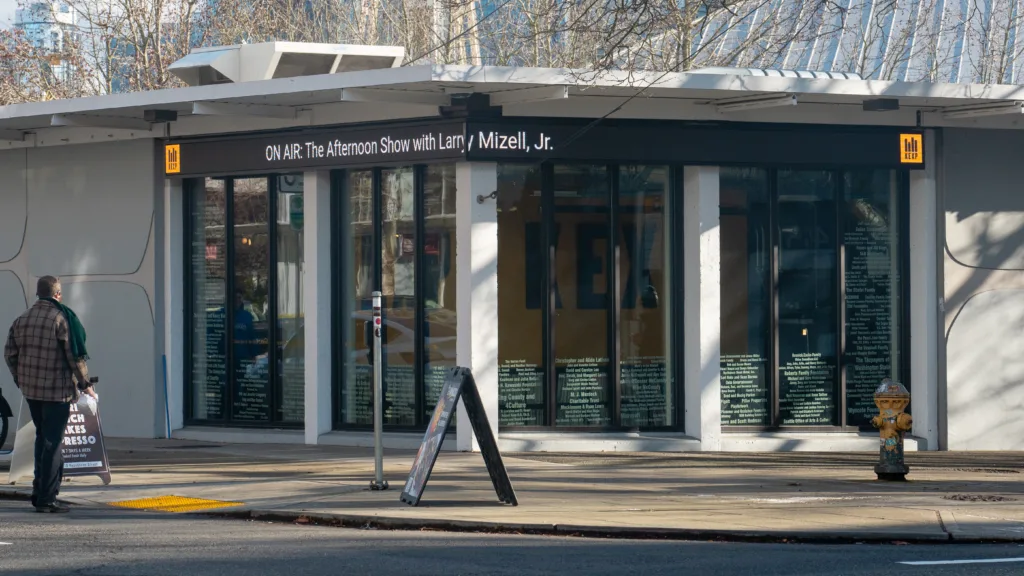
When KEXP was owned and operated by the University of Washington as KCMU, they were the first radio station to air grunge bands over the airwaves in the late ‘80s and early ‘90s. In the decades following, KEXP has continued to support Seattle musicians past and present through their radio programming and blog. The station is now at the Seattle Center, where you can chill in the KEXP Gathering Space, sip Caffe Vita coffee, and maybe even slip into a live in-studio session.
A Sound Garden at Magnuson Park
7600 Sand Point Way NE, Seattle
📸 Adam Kubota
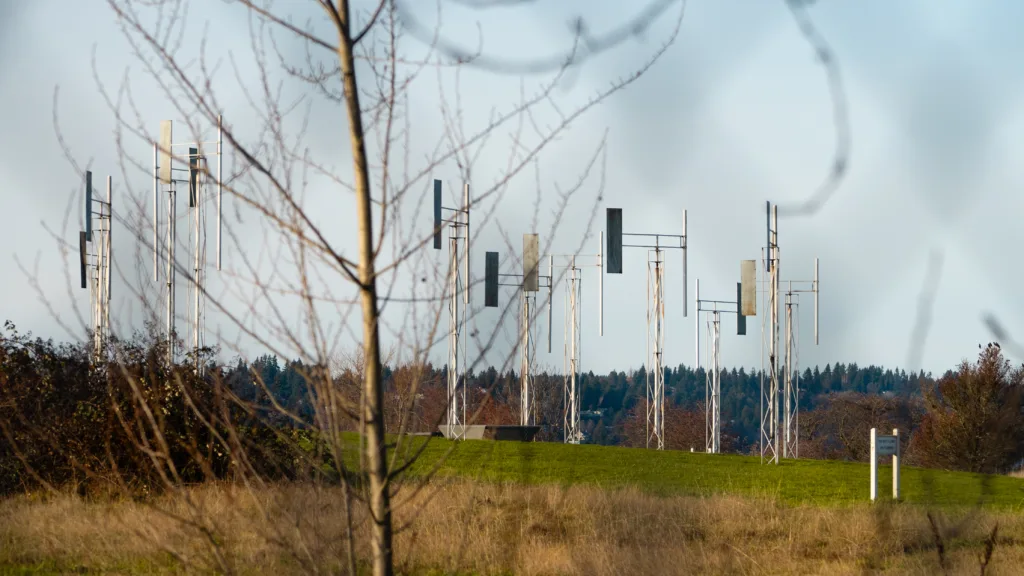
Public art is important—just ask Soundgarden.
The iconic grunge band got their name from an art installation created by Douglas Hollis, “A Sound Garden,” located on the National Oceanic and Atmospheric Administration (NOAA) Western Service Center campus north of Magnuson Park. Positioned next to the cold waters of Lake Washington, the sculpture is made up of 12 21-foot towers that have an organ pipe attached to a weathervane at the top—so when the wind blows, it creates a sound. You used to be able to access the sculpture with a government-issued ID, but currently, NOAA has closed the campus to visitors until further notice.
Linda’s Tavern
707 E Pine St, Seattle
📸 Courtesy Linda’s Tavern
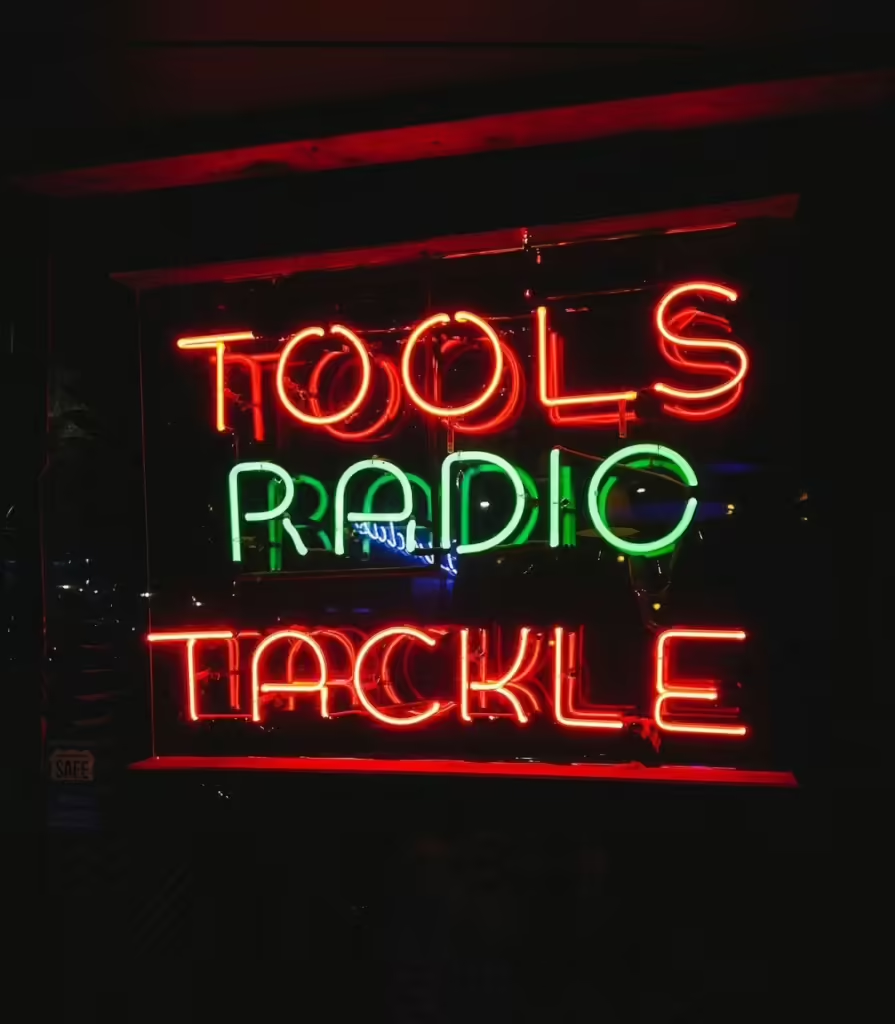
At this spot, you can slurp down an ice cold beer while basking in some grunge lore. Linda’s Tavern—a beloved Capitol Hill dive bar—is supposedly the last place Nirvana frontman Kurt Cobain was seen alive before his death on April 5th, 1994. Following the news of his passing, his friends and loved ones gathered at the tavern and barred news crews and other looky-loos from filming inside the joint. While the history of the place is cool, Linda’s is still very much a local hangout. If you decide to roll through, remember to be respectful.
Ray’s Boathouse
6049 Seaview Ave NW, Seattle
📸 Courtesy Ray’s Boathouse
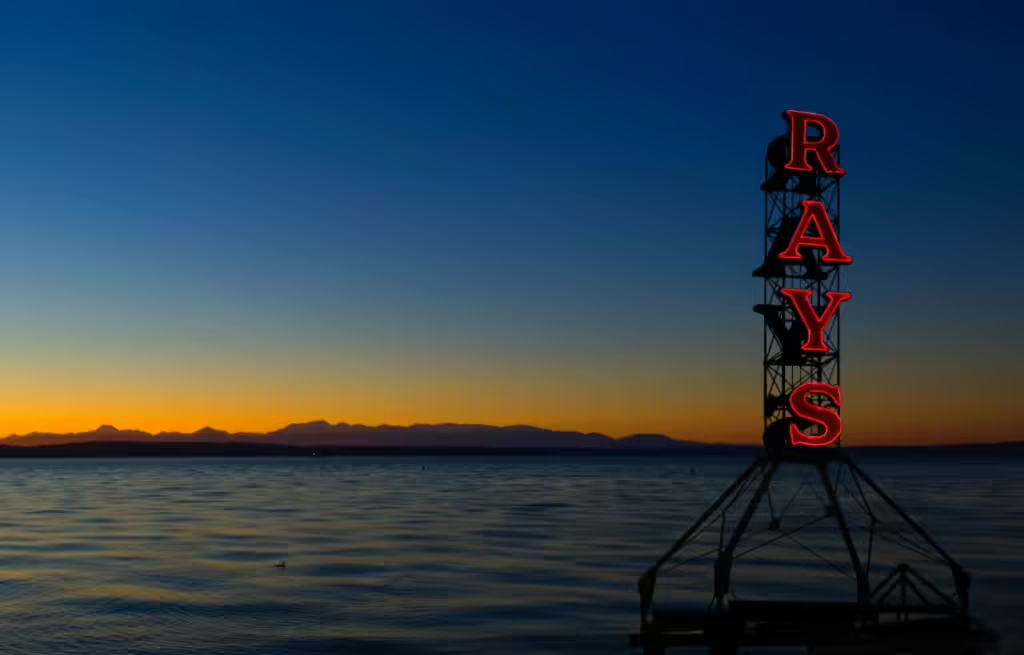
Over in Ballard, the seafood restaurant Ray’s Boathouse was where Soundgarden’s Chris Cornell clocked in as a sous chef in the 1980s. In a Seattle Times profile commemorating Cornell’s time at Ray’s, his former colleagues remembered him as a quiet, down-to-earth guy with “a wicked sense of humor” who liked to play music and pull pranks. In March 1997, at the height of Soundgarden’s fame, he actually returned to Ray’s to attend the retirement party of his old boss, Chef Wayne Ludvigsen. Go feast on sustainable seafood in Chris’s honor.
Terminal Sales Building
1932 1st Ave, Seattle
Sub Pop Records played an enormous part in popularizing grunge to the masses, signing the likes of Nirvana, Mudhoney, Soundgarden, and Screaming Trees early in their careers. For years, the record label’s headquarters were in a tiny space on the top floor of the Terminal Sales Building in Belltown. Although they’ve moved offices, the building is still a memento of Seattle music history.
(Want more Sub Pop? Check out their locations downtown and at the airport.)
